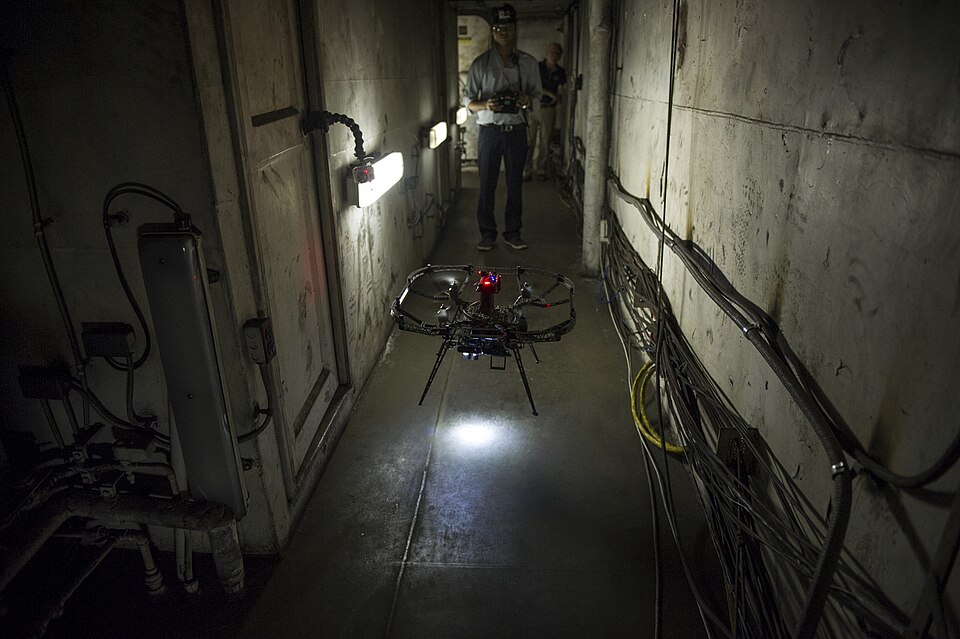Innovative Polymer Enhances MXene Sensor Lifespan by 200%, Enabling Regeneration

Researchers at Carnegie Mellon University have made significant advancements in indoor air quality monitoring through the development of a long-lasting formaldehyde sensor utilizing a novel polymer coating on MXene materials. This innovative design not only extends the sensor's operational lifespan by 200% but also introduces the capability for regeneration when its performance begins to diminish.
Formaldehyde, an invisible yet hazardous chemical emitted from common household products such as cleaning agents, candles, and furniture, poses serious health risks when airborne concentrations exceed 0.1 parts per million. To address this concern, the CMU team, led by Professor Reeja Jayan from the Mechanical Engineering department, has deployed a unique polymer encapsulation technique that protects the MXene sensor from oxidation and environmental degradation.
The research, published in *Science Advances* on July 18, 2025, highlights the polymer's dual functionality. Shwetha Sunil Kumar, a Ph.D. candidate and the study’s lead author, stated, “Our polymer layer was not only extending the lifespan of the sensor but also enhancing its sensitivity to lower levels of formaldehyde.” This enhancement occurs through a chemical reaction facilitated by the polymer, which generates additional molecules that improve detection efficiency.
Without the polymer, the MXene sensor typically functions for just over two months. However, with the coating applied, it can operate effectively for more than five months. The regeneration capability is equally remarkable; by introducing humidity at the end of the sensor's life, the team observed that the sensor could recover approximately 90% of its original sensing ability.
The encapsulation process employs Chemical Vapor Deposition, a technique commonly used in electronics manufacturing, to create a nano-coating that adheres to the sensor. “These polymer layers are not only dielectric but also highly insulating, providing effective structural barriers against environmental factors,” Professor Jayan explained.
Simulations conducted by Jerry Wang, Assistant Professor of Civil and Environmental Engineering, further validated the polymer's effectiveness. The research confirmed that the polymer layer significantly slows down the permeation of oxygen and moisture, key elements that typically compromise sensor performance.
Albert Presto, Director of the Center for Atmospheric Particle Studies at CMU and a co-author of the study, emphasized the broader implications of this technology. He believes that the advancements in sensor design could lead to more versatile indoor air quality monitoring tools, potentially integrated with smartphones or smart home systems. “Indoor air quality is often overlooked,” Presto remarked. “In a world saturated with plastic, understanding and managing indoor pollutants is crucial for public health.”
The research team is optimistic about the potential applications of this polymer technology beyond air quality sensors. Professor Jayan is currently exploring similar enhancements for battery technologies, aiming to improve both their lifespan and safety.
As indoor air quality continues to gain attention from health professionals and environmental advocates, this breakthrough in sensor technology could pave the way for more effective monitoring solutions. By enabling households to better understand their indoor environments, the CMU team hopes to empower individuals to make informed decisions that enhance health outcomes and overall well-being.
Advertisement
Tags
Advertisement





